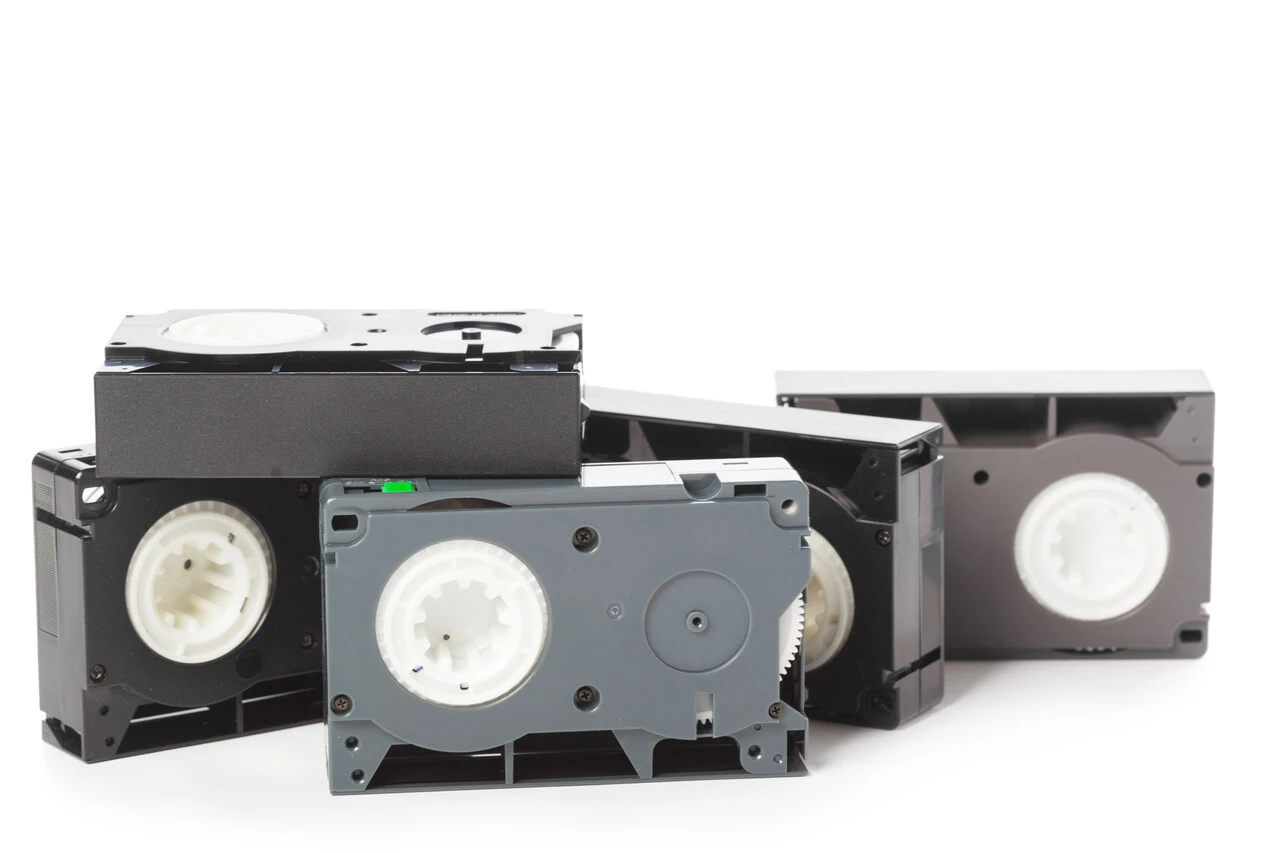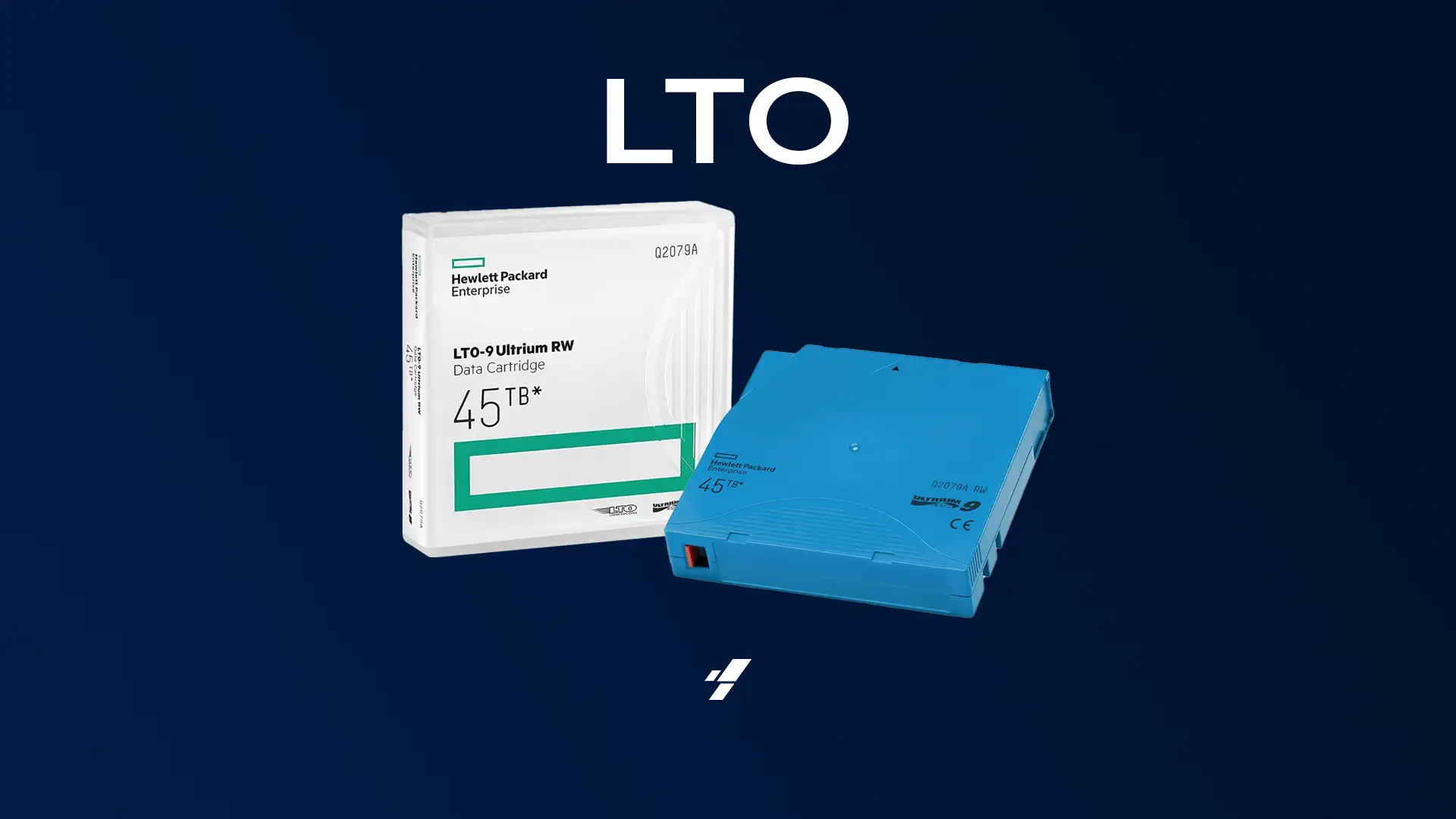
WORLDWIDE SERVICES
RECOVERED DATA CENTERS
EXPERIENCE CONSOLIDATED
24H SUPPORT FOR EMERGENCIES
REMOTE DATA RECOVERY
TOTAL PROTECTION OF YOUR DATA
Recover RAID 6
RAID 6 recovery is a delicate job that requires the best professionals to handle the best and newest RAID 6 data recovery technologies on the market, in order to recover the Servers and Storages affected by data loss.
The RAID 6 system is an evolution of RAID 5. The main difference is that instead of using only one disk for redundancy, 2 disks are used. That is, in this system even if 2 disks are physically damaged at the same time, the system will still continue working. But the available space will be the total of disks minus 2.
So if you mount a RAID 6 with 7 disks, the space you have available will be the total equivalent of 5 disks.
This system is used in extreme security situations. RAID 5 allows only one disk to go bad. If two disks go bad at the same time, or a second disk goes bad before the first disk has finished rebuilding, the system will stop.
The RAID 6 system allows the same performance as RAID 5, but with greater security. When creating RAID 6, the available space will be the sum of the number of disks minus 2. Because the system will use the space of two disks for storage and parity control.
And if there is data loss on RAID 6, although difficult, we at Digital Recovery can make the recovery of files.
Through reverse engineering and full understanding of the algorithms used in RAID controllers, we can recover data in the vast majority of cases of data loss in RAID systems. And we specialise in RAID 6 recovery.
Why Digital Recovery?
Digital Recovery is a company specialized in recovering RAID of all levels. We created a dedicated division to exclusively serve highly complex environments.
This business unit is known as Data Center Recovery Services and specializes in recovering data from RAID systems (0, 1, 10, 5, 50, 6, 60, vRAID, RAID-Z and JBOD), Storages (NAS, DAS and SAN) with Host Channel iSCSI, SAS and FC (Fibre Channel) from various manufacturers such as HP / HP, Dell / EMC and IBM / Lenovo, databases (Microsoft SQL Server, Oracle, MySQL, PostgreSQL, MariaDB, Firebird, DB2, Informix, Caché and Btrieve) and virtual machines (Microsoft Hyper-V, VMware, Citrix XenServer, Proxmox and Acropolis).
Even if you’ve received a negative diagnosis from a data recovery company, we are still happy to look into your case.
We have developed software and hardware technologies that enable us to act with precision and agility in advanced diagnostic and data recovery processes. The creation of technologies – many of them proprietary and exclusive – has kept Digital Recovery on the cutting edge.
One of our technologies, called Tracer, is capable of generating differentiated results in data recovery in Virtual Machines, Databases and RAID systems. Through millions of calculations and analysis of millions of records, this technology makes it possible to drastically reduce the execution time of projects, as well as increase success rates to almost 100%.
We are a Brazilian company with a subsidiary in Germany. Other partnerships for the exchange of information and sharing of technologies are made between companies in countries such as the United States, Russia and Ukraine.
In addition to providing services to governments, financial institutions, and small, medium, and large companies, Digital Recovery also provides services to other companies that also operate in the area of data recovery.
If your data is stored on a device located outside of the countries where we have labs, we have the technology to remotely assess and recover your data. If this is your case, please consult our department 24×7.
Should you need it, we can also provide you with a Non-Disclosure Agreement (NDA) in a language of your choice. Important to mention that our NDA is already adapted for GDPR. Please speak to one of our experts about this.
Being fully aware of the existing levels of pressure and urgency in data centre and cloud computing environments, we also offer a 24×7 urgency service. This type of service provides our customers with the ability to perform services 24 hours a day, 7 days a week, 365 days a year.
We are
always online
Please fill out the form, or select your preferred contact method. We will contact you to start recovering your files.
Success stories
What our clients say about us
"We had a serious problem after a power failure of a NAS server in Raid 5. I immediately contacted DIGITAL RECOVERY. After a few days of hard work the problem was solved."

"One of our raid servers had stopped. After several attempts without solving the problem we found DIGITAL RECOVERY and 5 hours later, at 4am, the data was recovered."

"We appointed DIGITAL RECOVERY in a special case (of data loss) in a raid 5 storage. Digital Recovery was able to recover 32 million files so our customer was extremely satisfied.”

"Without a doubt the best data recovery company in Latin America. The contact Digital Recovery will always be saved on my phone, because inevitably I will need again."

"The quality of the service is excellent. The attention given to customer service is gratifying and the feedback we receive reassures us that we can trust the work and dedication."

Customer since 2017
"Great company, they saved me from a big problem! I recommend, fast service, my thanks to the Digital Recovery team for the attention and quick solution to the problem! Show!"

"Second time that I count with the agility and professionalism of the Digital Recovery team, they are very experienced and agile. I recommend to all"

"They helped me recover some data that I had thought was lost. I had a great experience with the team for their calmness, agility and transparency."










Answers from our experts
What are the main reasons that cause data loss on RAID 6?
There are three main causes, which are: configuration problem, logical problem and physical problem.
Configuration problems:
- Loss of Array data
- Deletion or change of RAID controller settings
- Exclusion or modification of the Array volumes
- Loss of the disks’ sequential order
Logic problems:
- Deleting or Corrupting Data on Partitions
- Formatting drives or partitions
- Overwriting information
- Formatting followed by system reinstallation
- System booting problems
- Data desynchronisation from one hard drive to another
Physical problems:
- RAID controller burn-in or problems
- Burn-in of electronic circuits
- Burn in read heads
- Read head breakage
- Damage to the disk surface (HDD platters)
- Bad Blocks – Defective Sectors
- Natural wear and tear of the media
- Scratches and scratches on the surface
- Serious scratches and scuffs
- Motor bearing seizure
- Motor burn-out
- Dropped or knocked over problems
- Servo Mechanism area related problems
- Firmware problems
- Water or other liquid problems
What are the advantages and disadvantages of RAID 6?
RAID 6 was designed to be the evolution of the previous RAID levels, increasing security and performance, but still it is not immune to failures. Let’s see the positives and negatives of this RAID level.
Positive points – Fault tolerance of 2 disks at the same time; Performant read time.
Negatives points – Storage level reduced 50%; Performance problem in case of failure in any disk.
Is it possible to recover data from a RAID remotely?
Yes, in many situations it is possible to recover data from a RAID server or storage remotely. For more information about this recovery modality, please contact us through our support channels, which are available 24x7x365.
Latest insights from our experts

What is Flash Memory?
Since its invention in the 1980s, Flash memory has revolutionised digital data storage. Essential for mobile devices, digital cameras, storage units and more, it combines

Data portability on magnetic tapes
Data portability on magnetic tapes consists of migrating data stored on an old tape to a tape with current technology. Data portability is vital for

What are LTO tapes? Discover the power of long-term storage
LTO tapes, the acronym for Linear Tape-Open, represent a magnetic tape data storage technology developed in the late 1990s as an open format by a
What you need to know
How long does it take to recover lost data on a RAID?
We understand the disruption and damage a RAID server and storage outage can cause your business. With that in mind, we have created a 24×7 department that is dedicated to assisting customers who have extreme urgency in recovering data from RAID systems.
As soon as disks from a RAID server or storage enter our lab, the advanced diagnostic process begins immediately. The advanced diagnostic process typically takes between 4 to 8 hours. As soon as it is concluded, the customer will be informed about the possibilities of data recovery, the amounts involved, as well as the estimated time for recovery.
The average time for data recovery in servers and RAID storage at Digital Recovery is approximately 36 hours, but in some cases, projects have been solved in less than 12 hours. Depending on the complexity of the problem and the type of solution to be adopted, the time for data recovery may extend for a few days, but at all times a specialist will be in contact with the focal point of the customer, to report in detail on all movements made.
How much space is available on a server or storage with RAID 5?
Regardless of the number of disks that will be allocated in the array, the system will use the space equivalent to one disk for parity, ie to get the net space, just multiply the capacity of the disks by the number of disks subtracting one.
Example | Considering 5 disks of 3 TB each, totaling 15 TB of raw space.
Subtracting one disk we have a total of 4 disks of 3 TB, ie, 3 TB x 4 = 12 TB
What to do when I no longer have access to my RAID data?
The first action to be taken is to contact the manufacturer or technical support of your server or storage. They will direct the diagnosis in the best possible way, because through the logs collected, it will be possible to create a coherent and assertive action plan.
If it is not possible to re-establish the environment either via the manufacturer or via restore the most updated backup, we can help you solve this challenge in the best possible way.
How much does RAID data recovery service cost?
Because of the many variables involved in a RAID data recovery project, it is not possible to know the final value without performing a detailed evaluation. The aim of this evaluation is to determine:
- Level of complexity and urgency
- Real possibility of recovery
- Time to perform the service
To make an assessment, please contact us through our service channels, which are available 24x7x365.
Is it possible to recover data from a RAID remotely?
Yes, in many situations it is possible to recover data from a RAID server or storage remotely. For more information about this recovery modality, please contact us through our support channels, which are available 24x7x365.
Is it possible to recover an environment containing LVM?
The Logical Volume Manager (LVM) can be fully recovered as it is an option for managing logical volumes of a hard disk or RAID in Linux/Unix operating environments.
If I recreate the Array with the old settings will my RAID work again as before?
In some cases yes. Especially when you have an environment with few disks and when you remember exactly the array configurations.
But when you have storage with numerous hard disks, running with multiple volumes, used different RAID configurations and even with Hot Spare disks, even if you have all this documented will not be an easy task to recreate the Array and it will work again.
In the case of Virtualized RAIDs or vRAID even having all the configurations noted the only possibility of returning the Array is by reading the settings contained on disks (DAC Store).
What is the importance of monitoring the health status of disks belonging to an array?
As we know that a disk failure can drastically impact both the availability and integrity of companies’ strategic data, 24×7 monitoring of the health status of disks is extremely important as it allows the suspect disk to be replaced before it even actually fails.
The RAID controller management software itself can be used for this type of predictive monitoring.



